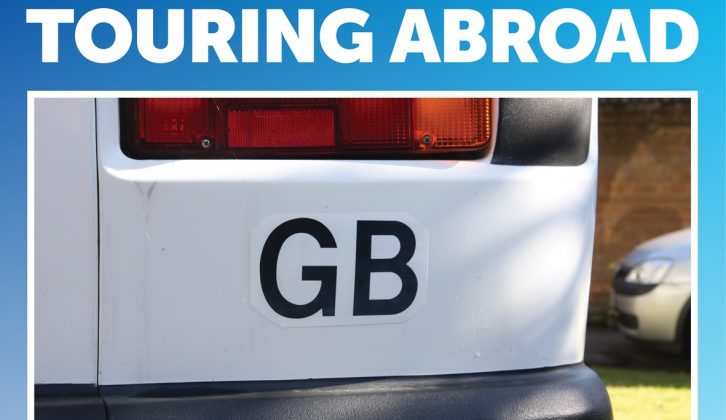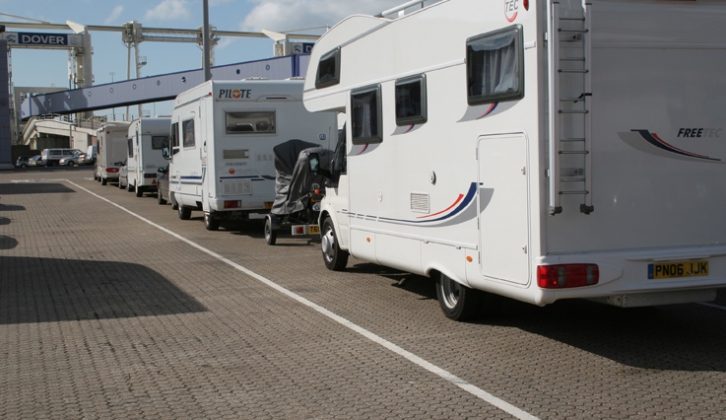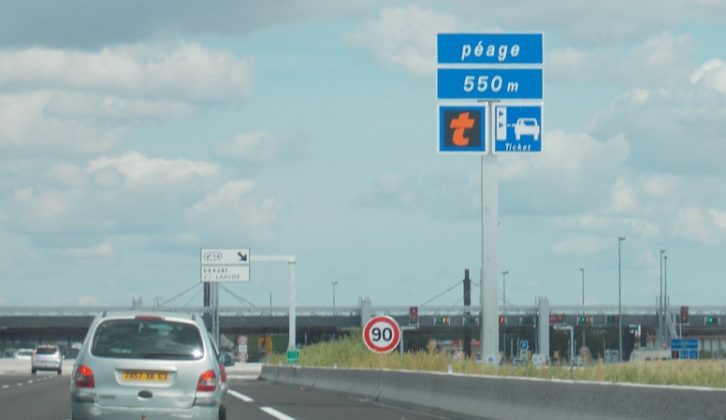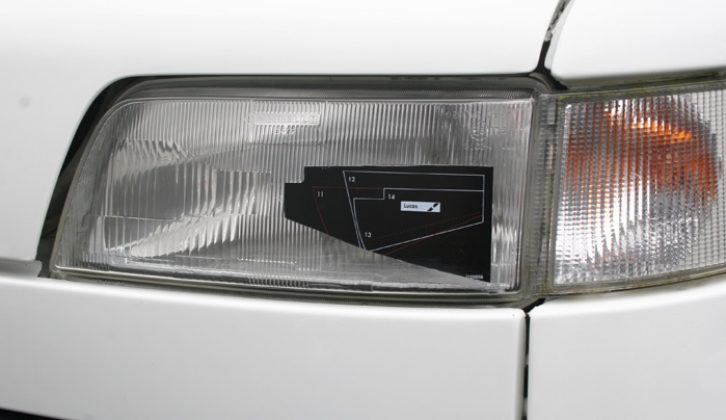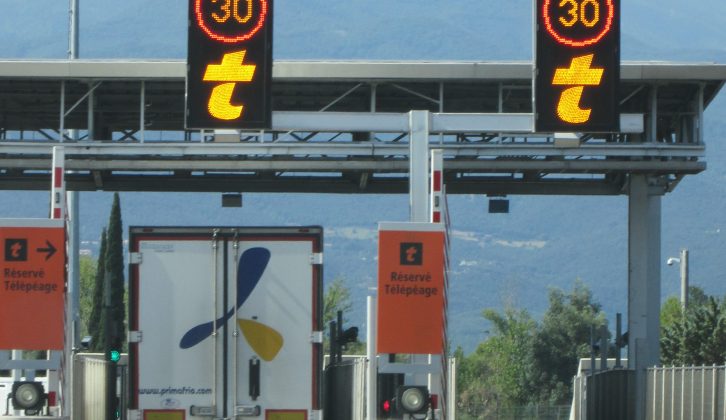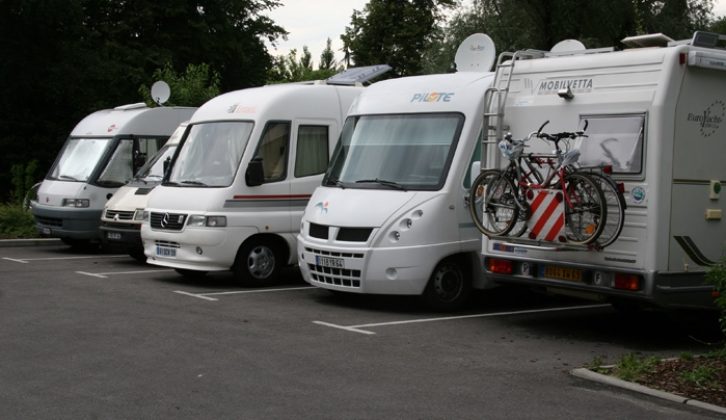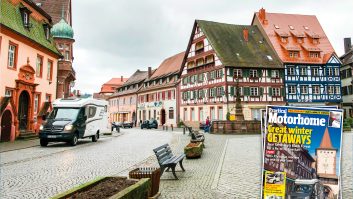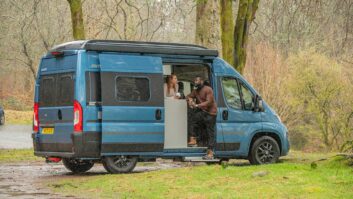For some, the thought of touring abroad might be a bit daunting – driving on the right, tolls, the language and the regulations. But don’t let this dampen your wanderlust – here are some top tips to help you prepare for the big adventure.
Be prepared
The main gateways to Europe are ferry ports. If you dislike sea travel, there’s the Eurotunnel, from Folkestone to Calais. It only takes 30 minutes to cross under the Channel, by comparison to 1.5 hours by ferry from Dover to Calais.
Once you drive off the ferry or train, you must remember to drive on the right (except for Ireland, Malta and Cyprus). Driving laws vary, so always check the rules for the countries that you are visiting and identify what you will need to tour there.
Plan your route before leaving home and invest in up-to-date maps – your sat-nav can sometimes lead you astray. Remember to switch off the function that warns you of fixed speed cameras – it’s illegal in France and elsewhere.
In most countries, when you are driving at night, it’s compulsory to adjust the vehicle’s headlamp pattern, to avoid dazzling oncoming traffic (if you are driving on the right). You can purchase beam deflectors online or at the ferry terminal.
It is obligatory in some countries to display a nationality plate or GB sticker, and you might be fined if you don’t do this. Until the UK leaves the EU, it is uncertain whether the Euro symbol will have to be removed, but for now, current laws remain in place.
In the event of a vehicle breakdown or incident, it is important to carry a warning triangle, along with hi-vis vests for all members of the party. In France, you must put on your hi-vis before you get out of the vehicle.
Most European motorways have toll booths, with the option to pay by cash or card. But if you are driving through France, Spain or Portugal, I would recommend buying an Emovis Tag.
This allows you to use special lanes marked with a ‘t’, and means you do not have to stop – just drive slowly until you hear a beep and the barrier opens. This is particularly useful if you are driving on your own. You will then be charged by direct debit.
Some countries require rear warning boards. In Spain, if the overall length of your motorhomes is more than 12m, you must have one 130 x 25cm, or two 50 x 25cm yellow reflector(s).
In Spain, Italy and elsewhere, it’s mandatory to display a red and white diagonal striped warning sign on any protruding loads, such as bikes. In Italy this must be made of aluminium, but in Spain it can be plastic or aluminium.
Take a break
It usually takes us two days to drive to Spain and, with children, we need to make regular stops.
On French motorways, you can find lay-bys with parking for motorhomes, but they often get busy in the holidays, so lorry parking is an alternative. Some of these stopovers have play areas for the kids, and pleasant picnic spots.
Alternatively, break the journey by booking a site en-route or stopping at an aire in a town or village – these overnight stops are often free; some can be in idyllic locations, while others can feel a little cosy. Some offer service points, but they might charge for this.
You’ll find most European campsites similar to those in the UK, but there are some important things to consider.
Electricity and gas
Some sites do not include hook-up in their prices, but instead charge a daily flat rate or a metered fee for electricity consumed, so check before booking.
In the UK and most of Europe, we use a three-pin plug that connects to the hook-up (EN 60309-2). But some places use old-style connectors (CEE 17), meaning our three-pin plugs do not fit. Buy an adaptor before you travel, or hire one from the campsite.
On a recent trip to the Jura in France, we struggled to connect our 25m cable to the hook-up. It just reached, but meant we had to pitch our motorhome right on the hedge boundary, crossing a neighbour’s pitch. Take extra length cable, and remember to buy a safety box for the connecting piece.
If you use Calor Gas bottles (butane and propane), bear in mind that they can’t be exchanged abroad. European countries tend to use Campingaz or LPG cylinders. It is advisable to take a full bottle with you and, if it does run out, you will need to bring home the empty. Some ferry companies restrict the number of gas cylinders that you are allowed to carry, and Eurotunnel does not permit LPG, so check this before travelling.
Final thoughts
You might prefer to start by taking an escorted tour. The Caravan and Motorhome Club, for example, offers one that introduces you to overseas driving on their simulated course beforehand, followed by a presentation on top tips and your itinerary.
Road regulations change frequently, so check the latest updates before you go, for example at www.theaa.com.
Our planned withdrawal from the EU means some uncertainties remain – but don’t let this stop you!
Checklist
- Warning triangle
- Hi-vis vests
- Spare wheel
- Spare set of bulbs
- Beam deflectors
- Maps, sat-nav
- First aid kit
- Full driving licence
- Proof of insurance
- Full gas bottle
- Hook-up adaptor/extra cable
You'll find most European campsites similar to those in the UK, but there are some important things to consider
